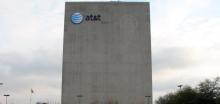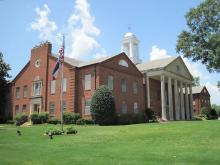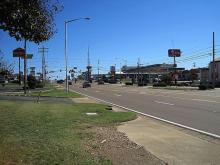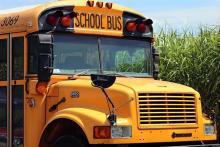A Signal Failure: Education, Broadband, and Our Children’s Future
In a new essay published by the Nonprofit Quarterly, Christopher tackles the connectivity gap in the context of the ongoing pandemic and how it could be solved by a variety of proven nonprofit models that are already connecting tens of thousands of Americans efficiently to fast, affordable networks.
See an excerpt below, but check out the whole piece over at the Nonprofit Quarterly:
One of the longest-lasting effects of the COVID-19 pandemic may be the lost education opportunities for millions of children. While the vast majority of children studying remotely are adversely affected, several million students have no home broadband Internet access at all. As a result, they have been extraordinarily disadvantaged. For too many, public schooling has effectively ended.
[S]omewhere between 15 and 41 million Americans cannot buy a reasonable broadband connection today because their home is not served by an ISP. Most, but not all, of these homes are in rural America, and we typically talk about this problem as being one of “access.” Tens of millions more Americans live in a location that’s served by an ISP, but they cannot afford the fees or face other barriers such as lacking a device or digital literacy. This problem is typically referred to as a lack of digital inclusion, or the digital divide, although these terms are often tossed around loosely.
There is no single policy to solve the broadband problems faced by the nation. In most cases, better networks and lower prices would really help, but achieving that would require different strategies in rural or urban areas. Challenges around literacy and online safety/security will be more difficult.
The answer then is the answer now: nonprofit business models. In a nation as large and varied as the United States, a single business model rarely meets everyone’s needs. Universal electricity required some 4,000 municipal electric departments and nearly 1,000 rural electric cooperatives. And it worked. Not because municipal networks and cooperatives are magical, but because they have the right incentives.









 Last summer, Doddridge noted that the cooperative was examining the possibility of providing broadband and that, because they had already been installing fiber optic cabling between substations, they had a jump on any possible venture into broadband service. At the time, however,
Last summer, Doddridge noted that the cooperative was examining the possibility of providing broadband and that, because they had already been installing fiber optic cabling between substations, they had a jump on any possible venture into broadband service. At the time, however, 


 CLW will use its existing fiber optic infrastructure and add about two more miles of fiber to reach specific areas of the school district. When examining the addresses of students on a map, they discovered that many students live within close proximity to housing authority and public park locations. The utility has been able to identify five specific locations that will have the most impact as hotspots. Each hotspot should provide up to a one and one-half mile radius of fixed wireless access.
CLW will use its existing fiber optic infrastructure and add about two more miles of fiber to reach specific areas of the school district. When examining the addresses of students on a map, they discovered that many students live within close proximity to housing authority and public park locations. The utility has been able to identify five specific locations that will have the most impact as hotspots. Each hotspot should provide up to a one and one-half mile radius of fixed wireless access.